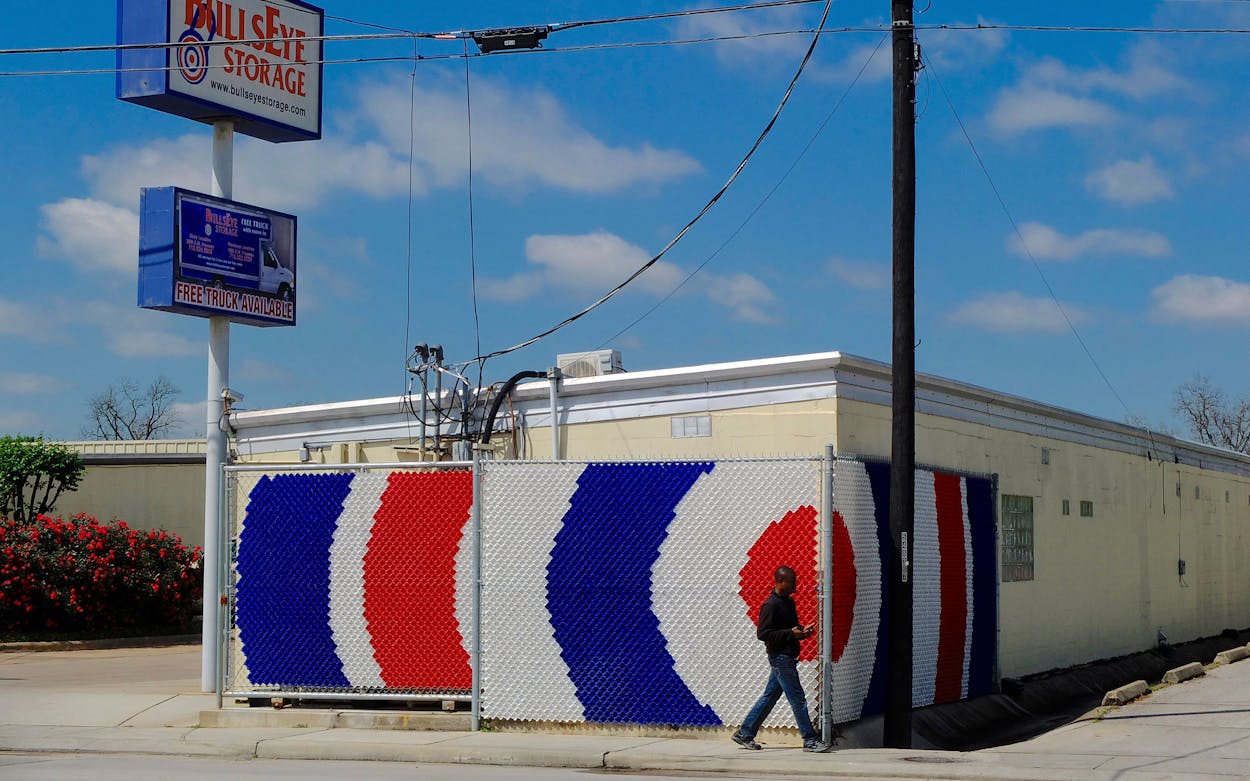Seeing Houston clearly has been a project for photographer Sebastien Boncy since he arrived in the city from Haiti, in 1994, to attend the University of Houston. “My parents told me I could go to college in the States, but it had to be somewhere where we had family,” says Boncy. “That meant New York, Chicago, or Houston. New York was too expensive. Chicago was too cold. So I came to Houston.”
The American cities of his imagination, growing up in the Port-au-Prince suburb of Pétion-Ville, were landscapes familiar from TV and the movies. He thought of the gritty streets of New York and Chicago, or the sun-drenched beaches of Southern California. “I watched a lot of HBO,” he says. Houston was only in the picture because he had an uncle who lived there. “It’s not really on most Haitians’ itinerary.”
Boncy, 43, and I are walking and talking as he shoots in the Greater Inwood neighborhood of northwest Houston, near the intersection of Antoine Drive and West Little York Road. In his simple green T-shirt and functional jeans, he doesn’t stand out, aside from the modest point-and-shoot digital camera he carries.
The scene is very Houston: a jungle of asphalt and bayou, shopping plazas and cars, with weeds and grass encroaching on everything. We see very few pedestrians. At unpredictable moments in our conversation, Boncy pauses to take a few photos. Sometimes I can guess what caught his eye; usually I can’t.
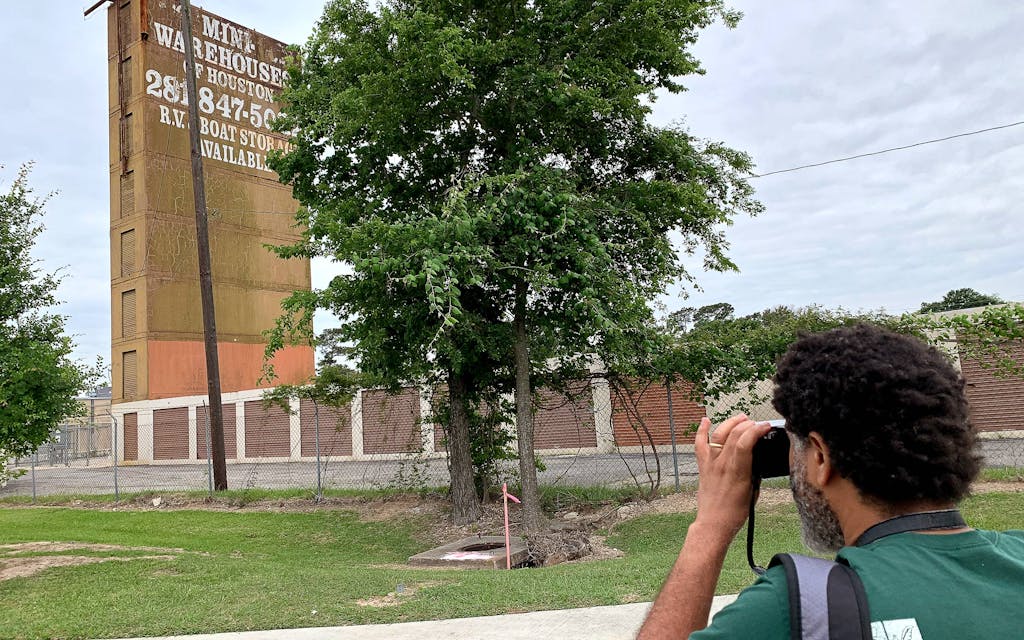
Later Boncy will sift through the photos he’s taking and select the best to post to his Tumblr, Purple Time Space Swamp, which is an extraordinary archive of more than seven thousand images of the life, landscape, and architecture of his adopted city. Some of the images are immediately striking, like a severed head of a Spider-Man piñata hanging from a tree. Many others seem plain, though in a way that comes to feel deliberate after you’ve seen enough of them. Boncy captures forlorn building exteriors, an explosion of trash, dirty puddles on the street after a rainstorm, a splash of color pushing through the grid of a metal fence, a tree climbing into the sky, more trash, a pole and a wall and an awning cutting against each other like an abstract painting. He shows a city of sprawl and fragmentation, strange juxtapositions and surprises, and color.
“If you want to know what Houston is, look at Sebastien’s work,” says Ayanna Jolivet Mccloud, an artist and nonprofit arts administrator. “He is capturing all these in-between moments. There’s so much mystery around it, always hinting at something else.”
Part of that mystery, noticeable only after a while of surfing the blog, is the almost complete absence of people. Instead, we see their residue, evidence of their absence, as though an alien weapon has just vaporized everyone without touching the physical infrastructure. Collectively, the photos tell both a very straightforward story of what the city of Houston looks like and a much more subtle story of how it appears through Boncy’s gaze.
“Some of his photographs feel very apocalyptic to me,” says his wife, painter Julie DeVries. “I love the photos where he has a strip mall or an intersection and it’s just one person pushing a baby carriage, or one worker changing letters on a sign. That is how it is. It’s not like he’s cropped anything. To be a pedestrian in Houston is to be super vulnerable.”
The long-term goal of Purple Time Space Swamp, now in its eighth full year, is ambitious. Boncy wants to help give visual and narrative shape to a city that is often defined by its lack of order, to help do for Houston visually what the local music scene, particularly the hip-hop scene, has done for it aurally: locate its thousands of disparate details in the context of a distinctive sensibility. To that end, he posts not just to Tumblr but to his Facebook and Instagram feeds as well. At unpredictable intervals he selects a few dozen photographs from the greater archive and publishes them as a Purple Time Space Swamp zine, the third issue of which came out in May. He also spins off other zines, with cryptic names, that may or may not be covert additions to the Purple Time Space Swamp canon. The effect is cumulative and associative, dependent on the viewer to detect patterns and recurrences over time and space and platforms.
“I think it is a love letter to Houston,” says Vinod Hopson, a Houston-based performance artist who’s known Boncy since they were photography students in college. “We talk about showing something warts and all, but I think his work actually celebrates the warts. It’s that kind of love where you celebrate the fat rolls in the hips of your lover.”
The closing date for the project has receded into the future as its scope has grown. Boncy predicts it will be another decade or so before he feels finished. “I’m more interested now than I was at the beginning,” he says. He is also more strategic. In the early years, he mostly shot wherever he happened to be going, taking his Fujifilm X30 along with him to his adjunct teaching gigs, to the market, to drop his daughter off at school, to friends’ houses for dinner. He continues to take the camera with him everywhere, like an extra appendage, but is also more likely to set out to capture a specific region of the city he hasn’t photographed yet. What precisely he’ll shoot, when he’s walking through a given neighborhood, he leaves up to chance and to the intuition he’s been refining for decades.
“When you are in a particular place you have to play to its strengths,” he says. “The rare times I go back home, for example, and I’m in Pétion-Ville, I end up shooting out a lot more verticals. Because Haiti is a place of hills and mountains. That’s literally what ‘Haiti’ means, ‘land of mountains.’ Pétion-Ville is particularly hilly, and it feels tight. And I’m trying to shoot it like that.” In contrast, Houston’s sprawl calls for loosely framed horizontal photos. “It’s got to be like a buffet plate, and you have to get enough of the nature. If you get too much of the architecture by itself, you’re doing yourself and the city a disservice, because the architecture in Houston tends to recede. Julie always points out that whenever you’re elevated in Houston, what you see is a green canopy punctuated by low, man-made structures. In a lot of other cities, you’d see the buildings with cracks of green. Here we’re more in the crack of the green.”
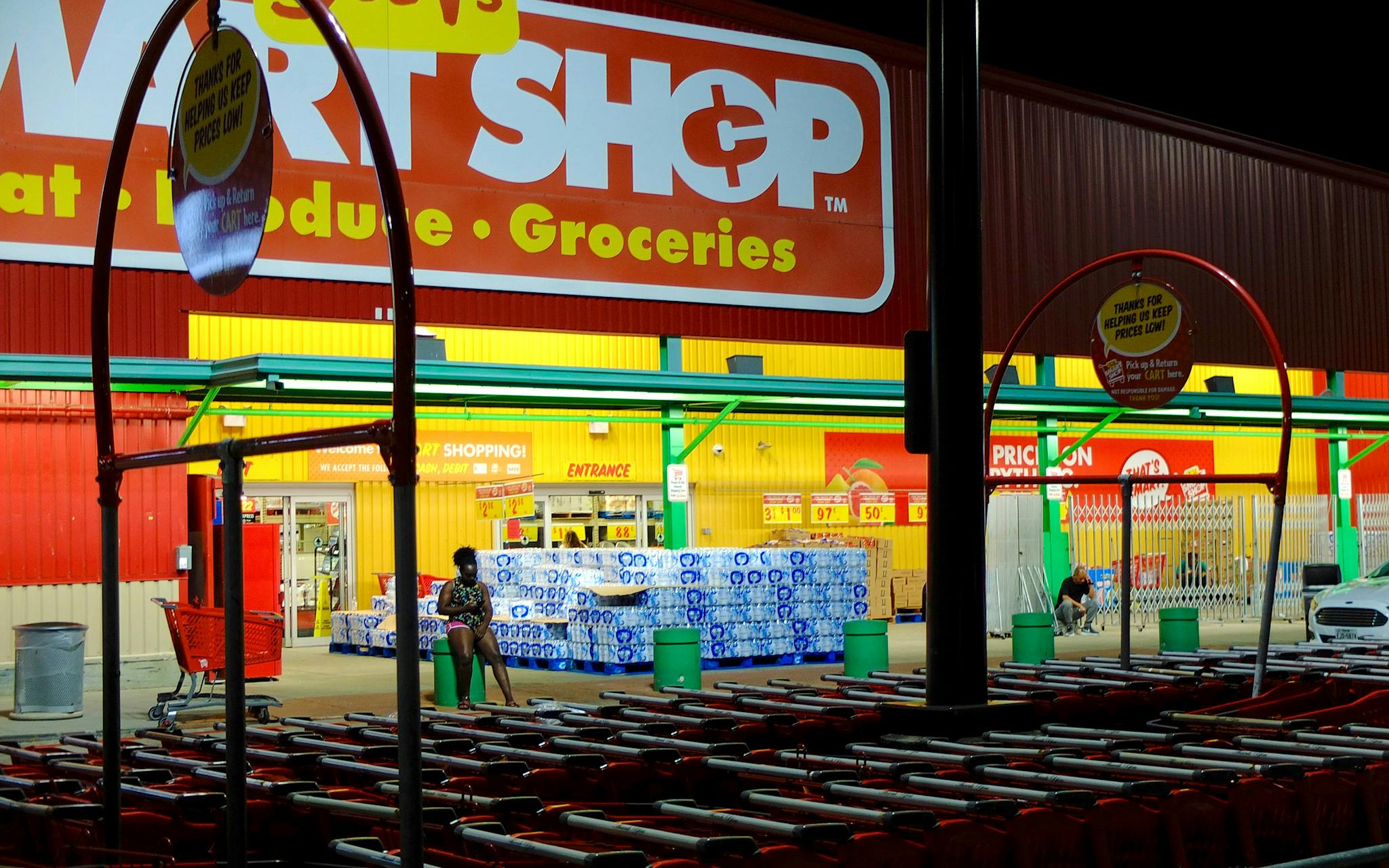


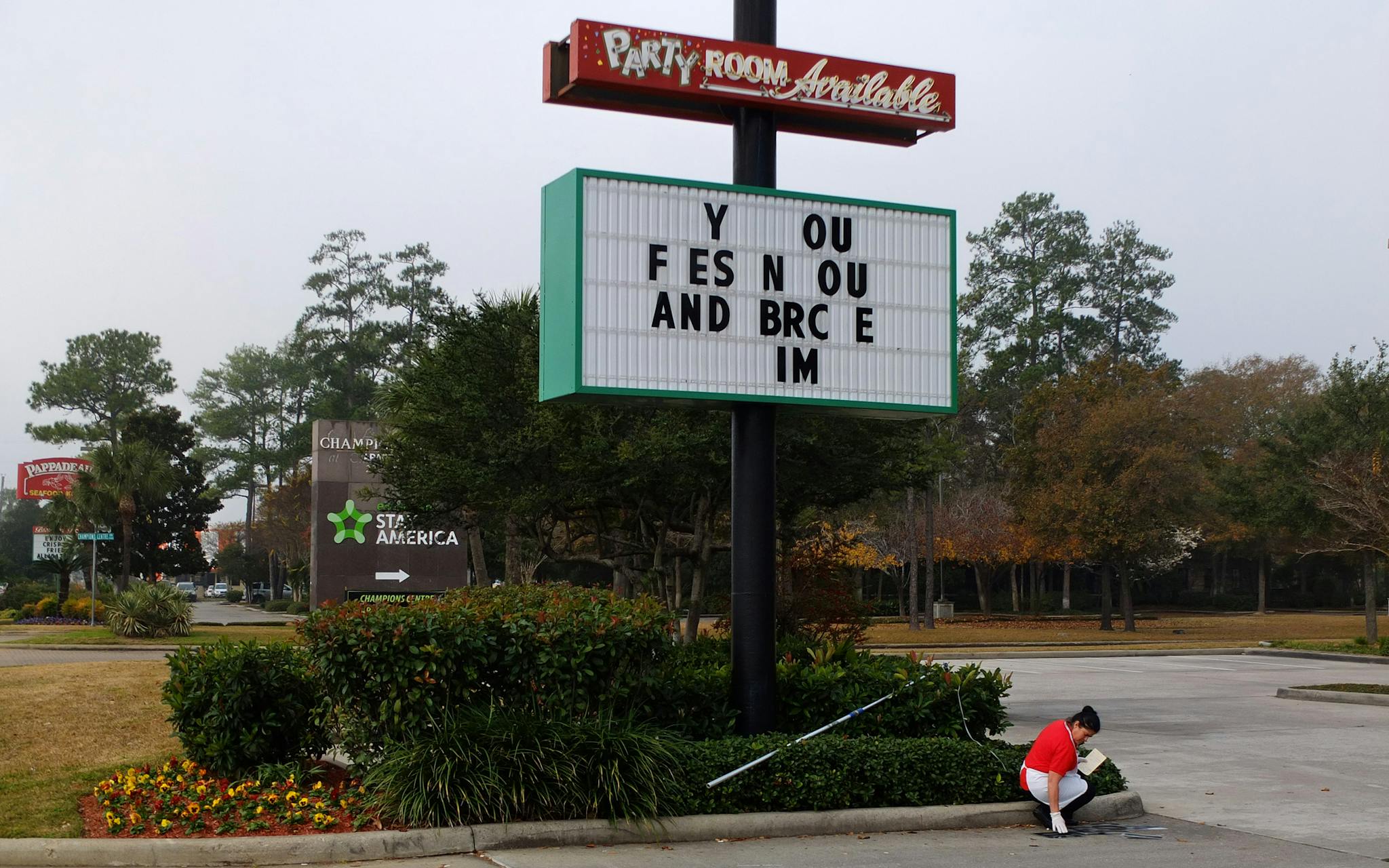
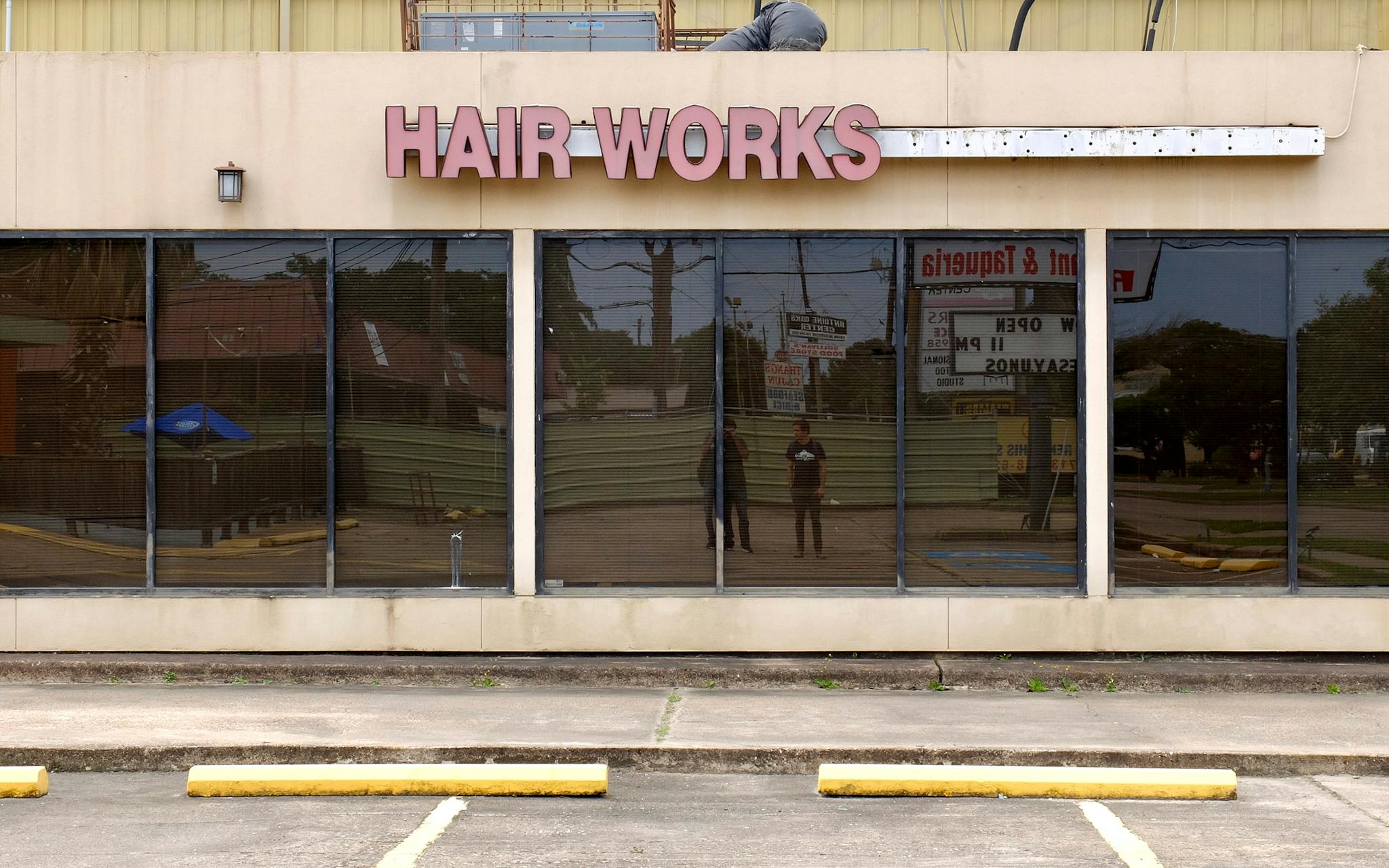
When Boncy first moved to Houston, 27 years ago, it was a shock on multiple levels. In Haiti he was upper class, the son of a surgeon and a schoolmaster, and was perceived as such. “In some neighborhoods in Port-au-Prince, when I was walking through, they would call me ‘white boy.’”
In Houston, he was a Black man, and relatively poor. As big a change was the size and sparseness and car-dependency of the city. Port-au-Prince is the seventh-most densely populated city on the planet, packing about a million people into a geographic area 45 times smaller than Houston. It is a vertical city, a place of buildings and hills, where people get around by foot or bus, and in close proximity to one another. Houston is flat and vast and built for cars.
“Everything took so long,” Boncy recalls of adjusting to life in the city. “And it was so lonely. When you’re out on the streets, there’s nobody. So that first year, it was heat, loneliness, distance. And the most time I’ve ever had to myself in my life.”
After starting at the University of Houston as a graphic design major, Boncy finished in 2002 with a degree in photography, but with dimmed enthusiasm for the work: “Right after my degree, I said to myself, ‘I’m done. This camera is going in the closet.’” Not long after graduating, however, he was flipping through a photo magazine when he came across two images that changed his mind. One was Jochen Taking a Bath, Wolfgang Tillmans’s 1997 photo of his partner Jochen Klein, who was dying of AIDS at the time. The other was William Eggleston’s 1971 Untitled (Sumner, Mississippi, Cassidy Bayou in Background), which shows Eggleston’s white uncle standing next to his Black driver, Jasper Staples, both of them staring off camera into an unknowable future. The photos had a documentary quality, and an intimacy, that opened up for Boncy a way of doing photography that made sense. “I said, ‘Oh f—!’ and that was it.”
He began shooting again, and eventually went back to school for his MFA at the University of North Texas in Denton. Those few years were a difficult time for Boncy and DeVries: “Money, illness, depression, you name it.” But it was productive for Boncy artistically. He refined his sense of what he wanted to do, and when the two came back to Houston, he began doing the street photography that evolved into Purple Time Space Swamp. He also began teaching photography as an adjunct at a number of local institutions, including the University of Houston and the Houston Center for Photography. Trips across Houston to teach, often at multiple schools in a single day, doubled as an opportunity to capture more of the city on camera.
He had no specific notion, at first, of how the individual photographs would relate to one another, but he had very strong ideas about making his work as accessible as possible. This led to the Tumblr account, which announces at the top of every screen that “copyright will not be enforced.” Viewers are free to use and reproduce the images as they see fit.
“He wants a practice that is more like the intellectual commons, more open-source,” says photographer and art professor Dornith Doherty, who taught Boncy at UNT. “He came into graduate school with that point of view, and it has not changed. He wants to engage deeply and be challenged about his work, but he has been steadfast about how he shares it.”
One of the ironies of Boncy’s work, perhaps the central irony, is that by taking his work outside of the normal channels of art distribution, by making it so democratically accessible on the web, he deprives us of the typical mechanisms of translation and interpretation. He mystifies the art, or at least leaves it un-demystified. His photos are displayed without titles or geotags, only the dates on which they are posted. He will occasionally participate in group shows, but his images are almost never encountered in the presence of wall text or explanatory essays. His Purple Time zines are published without any text, not even basic information like his name, the year of publication, or the URL of the blog. When he’s invited to speak about his art, he tends to talk around it.
The result is a kind of distancing. The work is available to all, but it requires patience and discernment on the part of the viewer. Boncy is an extraordinary talker, his brain packed to the brim with intellectual and cultural references, but on the subject of his photography he often chooses to be silent. “There is a withholding in his work,” says Jolivet Mccloud, “but in what he takes into consideration there is a generosity. That’s what I try to convey to people about him. He sees so much.”
About a week after we meet, Boncy sends me the 20 photos he’s culled from the 150 or so he took while we were walking. At first glance they are a straightforward representation of what we saw. At second glance I notice a noir quality in a few of the photos, particularly a shot of birds perched on a streetlight and another of what seems to be an abandoned homeless encampment. Also some humor: an “Under New Management” sign that is crumbling into illegibility. My favorite moment, however, comes when I linger for a little while on a shot of the front facade of a hair salon on Antoine Drive. It is in so many ways an unassuming photo. There’s a dilapidated sign, a bay of storefront windows, a bit of an HVAC unit peeking out above the top of the facade, a stretch of parking lot at the bottom. Then I notice the reflection from the windows, and there we are, Sebastien and I, in the middle distance. It is a classic Boncy maneuver. We’re there, but as a reflection, and as a subordinate element in the scene. We’re just one item in the buffet. You have to look closely to see.
The photo is also, though I can’t be sure of this, a gift to me. I’m now written into his story of Houston, a semi-mysterious player in the much greater drama. Next to me, Boncy is sliced in half by the wood frame between two of the windows. His face is covered up by his camera, and he appears to have three legs. The effect is distorted and subtly mystifying, just the way he likes it.
